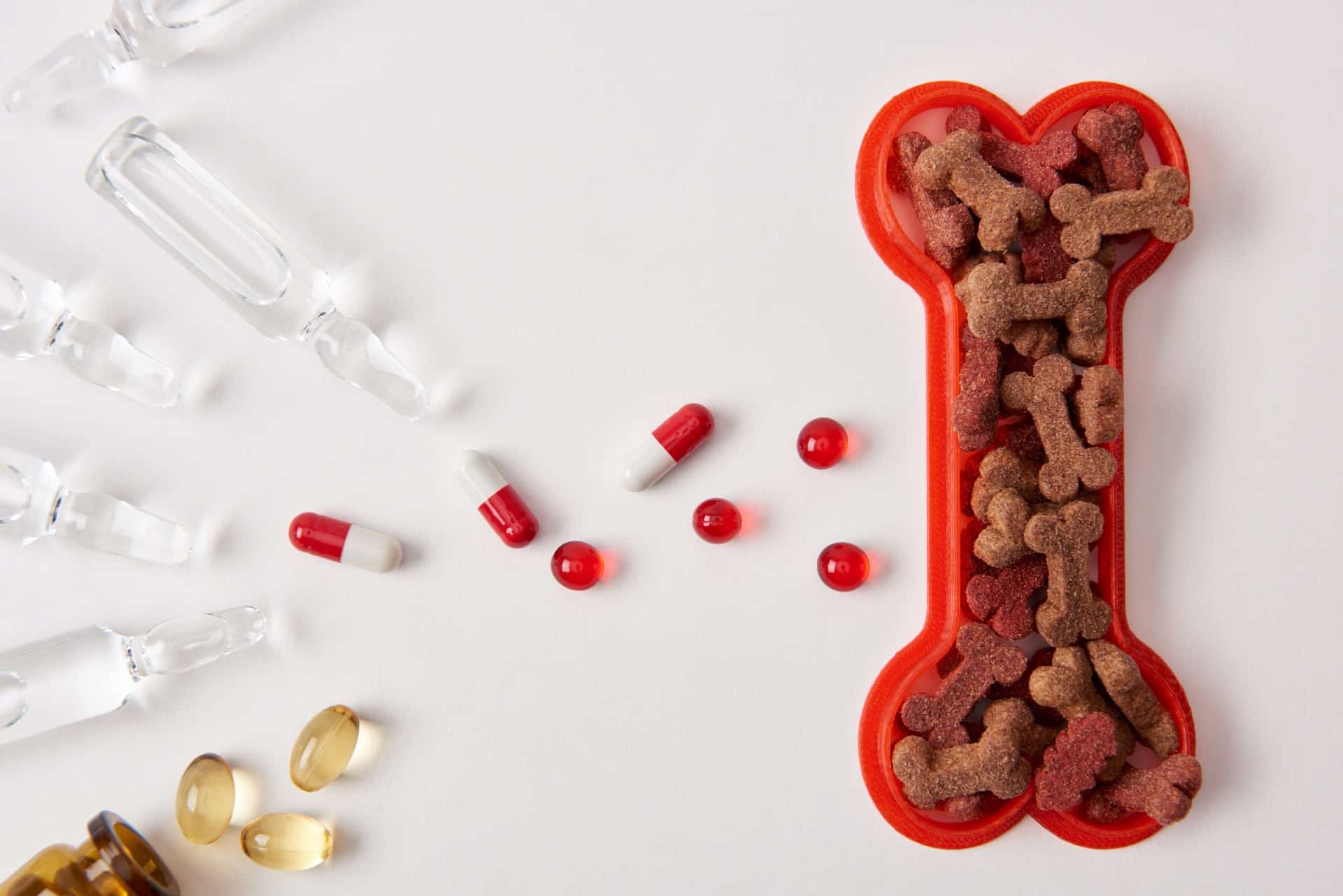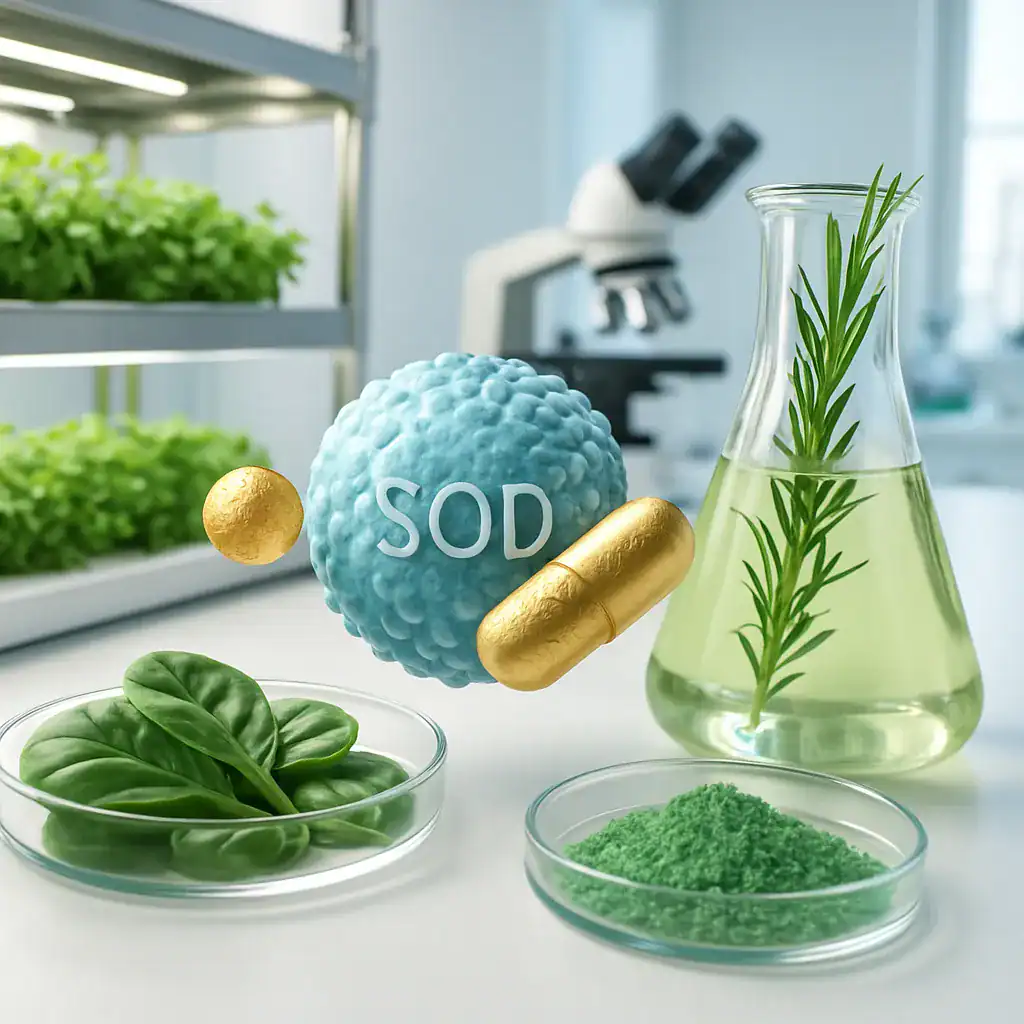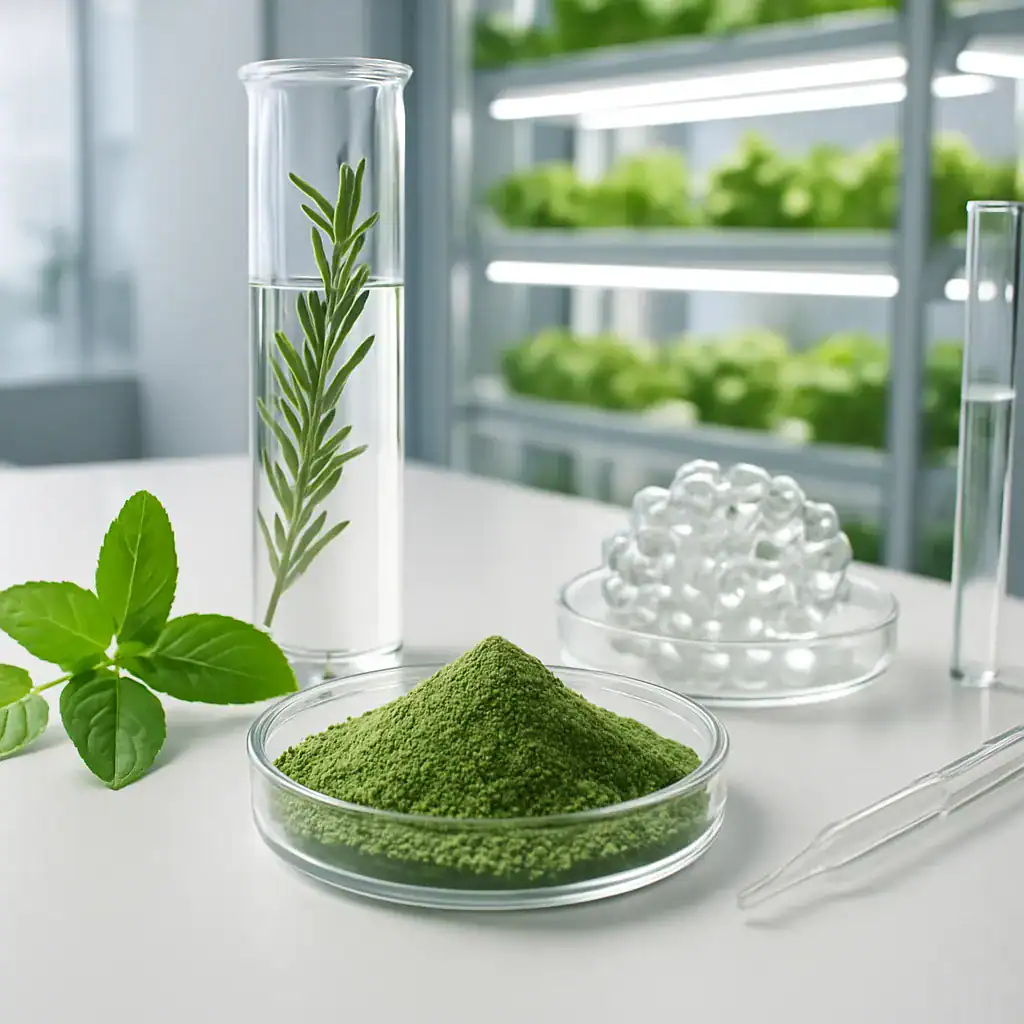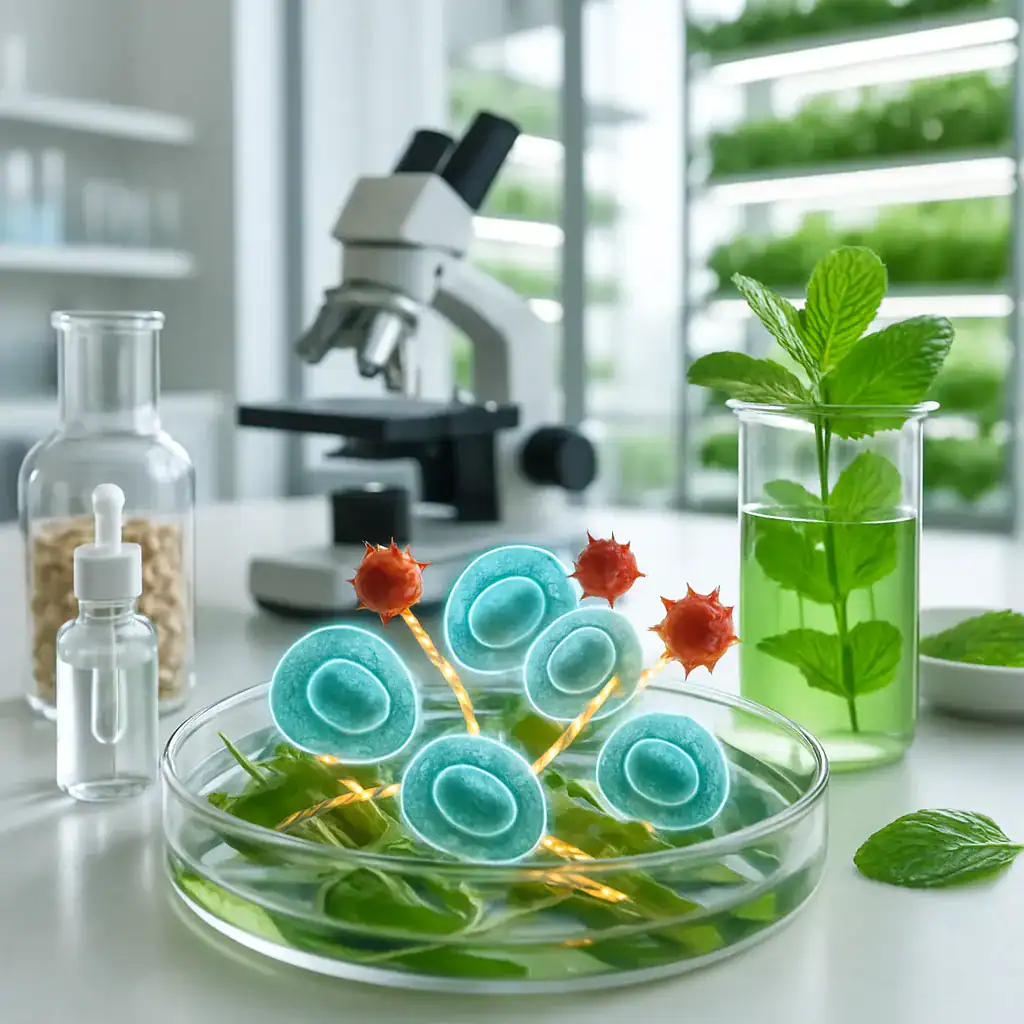SOD enzyme life extension: Can it really add years to your health?
SOD enzyme life extension: Can it really add years to your health?
What it means and why it matters for your body and brain
You may wonder whether boosting the body’s natural defenses can really influence aging. The answer is yes in principle. superoxide dismutase is a crucial enzyme that converts harmful superoxide radicals into less reactive molecules, reducing oxidative stress and supporting your body’s antioxidant defenses. When oxidative stress is kept in check, cells function more efficiently, and inflammatory processes are less likely to derail tissues such as joints, blood vessels, and the brain. This is the core idea behind Life Extension science: by maintaining cellular balance, you can support healthy aging trajectories and potentially improve daily energy, sleep quality, and resilience to stress. The concept ties directly to cellular longevity – the idea that healthy cells can maintain function longer, contributing to overall vitality. You don’t need a miracle pill; lifestyle factors like balanced nutrition, regular activity, and nutrients that support SOD activity can help sustain these natural defenses over time. In short, protecting the enzyme system that guards you against free radicals may translate into tangible benefits for both physical performance and mental clarity as you age.
Our Key Areas of Expertise




SOD enzyme life extension: From production to measurable health outcomes
In the journey from bench to bottle, linking superoxide dismutase biology to real-world health outcomes requires an integrated view of production, delivery, and clinical relevance. At PhNóva, the alignment between Life Extension science and robust manufacturing means SOD-enriched ingredients are developed with care for stability, bioavailability, and consumer safety. This section explains how production decisions influence oxidative balance, cellular function, and long-term wellness, while highlighting how raw materials such as Extramel® melon concentrate and related botanicals contribute to the overall antioxidant defense system. Across plant-based sources, a consistent goal is to manage Reactive Oxygen Species without compromising sensory quality or sustainability.
SOD and cellular aging: linking biology to production lines
At the cellular level, enzymes like superoxide dismutase act as guardians against oxidative damage. By converting harmful radicals into less reactive species, they help curb oxidative stress that can accelerate aging processes and tissue dysfunction. For producers, this means formulating with stable SOD sources and compatible delivery systems that preserve activity during processing and shelf life. When formulations maintain strong antioxidant defenses, downstream effects may include improved mitochondrial function, better lipid integrity, and enhanced cellular longevity, all of which support consumer-perceived vitality.
Delivery strategies: from extramel to nanocarriers
A core production question is how to maximize bioavailability while ensuring product safety. Extramel® melon concentrate and related melon-derived ingredients offer natural matrices that protect SOD enzymes and potentially facilitate absorption. In tandem, plant-derived nanocarriers and extracellular vesicle technologies may improve uptake in target tissues, enhancing the link between ingredient quality and health outcomes. Such strategies aim to reduce oxidative damage at the source, supporting a healthier endothelium, improved stress resilience, and better overall cellular function. Although clinical endpoints vary by modality, the overarching pattern is clear: higher effective SOD activity can translate into meaningful shifts in biomarker profiles and daily performance.
Production impact: raw materials, stability, and sensory fit
From vertical farming botanics to finished capsules, every step influences the final antioxidant capacity available to consumers. Key considerations include selecting robust sources for SOD enzymes, controlling moisture and temperature to minimize lipid peroxidation, and choosing vegetarian capsules or cellulose-based excipients that align with a clean-label promise. By integrating glutathione peroxidase activity data, lipid oxidation monitoring, and ROS signaling awareness, manufacturers can fine-tune formulations that support sustained health benefits across user populations. Health outcomes depend not only on enzyme content but also on how well products preserve activity during digestion and distribution.
Health outcomes and measurable endpoints
In practice, the goal is to translate biochemical activity into tangible health signals. Consumers may experience steadier energy, improved sleep quality, and greater resilience to daily stress as antioxidant defenses help maintain cellular longevity. Industry researchers track endpoints such as improved mitochondrial efficiency, reduced biomarkers of oxidative damage, and better DNA integrity under oxidative challenges. The integration of Reactive Oxygen Species management with lifestyle factors—nutrition, physical activity, and sleep—supports a holistic approach to aging and functional health.
Practical considerations: compatibility and performance
Table 1 highlights how production choices map to health outcomes and consumer experience.
| Delivery option | Representative health outcome |
| Extramel® melon concentrate | Improved stability of SOD activity in formulated products |
| Liposome- or vesicle-assisted SOD | Enhanced cellular uptake and sustained antioxidant defense |
In summary, the path from production to health outcomes hinges on preserving enzyme activity, selecting synergistic botanical matrices, and implementing delivery approaches that support cellular longevity. When manufacturers invest in source quality, process controls, and robust testing for lipid oxidation and enzyme stability, the resulting products can more reliably contribute to the broader goals of Life Extension and everyday well-being. The fusion of Exosomes Nutra strategies with vertically farmed botanicals forms a compelling model for future nutraceuticals that are both effective and sustainable.
- Key point: maintain SOD activity through careful formulation and packaging
- Consider plant-based delivery for improved bioavailability
- Monitor biomarkers related to oxidative stress and mitochondrial function
R&D Consultancy
Discover how PhNóva’s R&D Consultancy can help transform your idea into a market-ready solution — with expert support in formulation, regulatory compliance, and innovative delivery systems to give your product a competitive edge.
FAQ's about SOD enzyme life extension: Can it really add years to your health?
What role does SOD play in aging and daily energy?
Superoxide dismutase (SOD) is a key defender against cellular oxidation, supporting energy production and tissue resilience as we age. By maintaining adequate SOD activity, oxidative stress is reduced, helping mitochondria function more efficiently and daily energy remain steadier. Practical strategies include choosing formulations that protect SOD during processing and using plant-derived carriers that improve tolerance and absorption. In this context, natural matrices such as melon pulp concentrate can contribute antioxidant synergy, complementing other minerals and vitamins that support antioxidant defenses over time.
How do natural plant sources influence SOD and antioxidant balance?
Natural plant sources contribute to the body’s antioxidant system by providing phenolics and vitamins that complement SOD defenses. While supplements cannot replace enzymatic activity, ingredients like aronia melanocarpa offer polyphenols that help recycle other antioxidants and reduce oxidative stress at the cellular level. In small-intensity regimens, these botanicals may work synergistically with SOD-rich extracts to support mitochondrial function and endothelial health. Consumers should seek standardized extracts, verify source origin, and ensure packaging preserves activity to maintain long-term benefits.
What impact do delivery methods have on SOD absorption and effectiveness?
Delivery systems shape how effectively SOD reaches target tissues. When SOD is protected by lipid-based carriers, such as liposomal formulations or other nanocarriers, it can survive digestive processes and enter circulation with more of its activity intact. This can translate into steadier antioxidant defense and reduced oxidative damage at the vascular and muscular levels. Transparent labeling that explains the carrier type, storage stability, and expected activity helps you compare products that use liposomal superoxide dismutase versus plain enzyme extracts.
Why consider enzyme variants like Cu, Zn-SOD when evaluating products?
Different SOD variants exist, and choosing the right one can influence a product’s stability and activity. Cu, Zn-SOD is a common cytosolic form that supports essential antioxidant defenses in many tissues. When evaluating products, look for precise enzyme form information, evidence of activity preservation through processing, and compatible excipients that avoid metal ion interactions. Supplement ideas that pair Cu, Zn-SOD with other antioxidants, such as vitamin E or vitamin C, can offer complementary protection against lipid oxidation and cellular damage.
Are there strategies or products that act as SOD boosters to support defenses?
When seeking additional support for SOD activity, focus on ingredients that provide co-factors and supportive botanicals rather than relying on a single miracle ingredient. A well-formulated product may incorporate a blend designed to sustain enzyme function over time and to boost overall antioxidant capacity. Look for evidence of testing and synergistic components that act as a SOD Booster, assist in maintaining mitochondrial function, and help manage oxidative stress during daily activities and exercise. Also verify stability data and proper packaging to prevent activity loss.
Can lifestyle or botanicals influence SOD function, and should I consider supplements?
Lifestyle choices and botanicals can modestly influence the body’s oxidative balance alongside SOD-focused products. Regular physical activity, balanced nutrition, and adequate sleep support natural antioxidant systems. Certain botanicals, such as Ginkgo Biloba, have been studied for vascular support and antioxidant activity, potentially aiding blood flow and cellular resilience. While results vary by individual, combining a healthy routine with quality SOD-enriched formulations may help maintain cellular function, protect mitochondria, and support stress resilience during aging. In addition, check for allergen information and vegetarian sourcing.
Are multi-ingredient blends that include special extracts beneficial for SOD and aging health?
Multi-ingredient blends can offer complementary protection, combining antioxidants that support SOD activity with other aging-related targets. Ingredients such as Triple Cruciferous Vegetable Extract provide sulfur compounds and phytonutrients that help maintain detoxification pathways and redox balance. When evaluating blends, prefer evidence of synergy, clear dosage guidance, and transparent sourcing. Consider how such complexes interact with SOD-rich components to support healthy lipid oxidation, immune response, and cellular longevity without compromising sensory quality. Quality testing, batch traceability, and allergen control are also important.
Get in Touch with PhNóva
Have questions or need expert guidance? Contact us today — our team is ready to assist you with tailored solutions for your formulations.

03/09/2025






